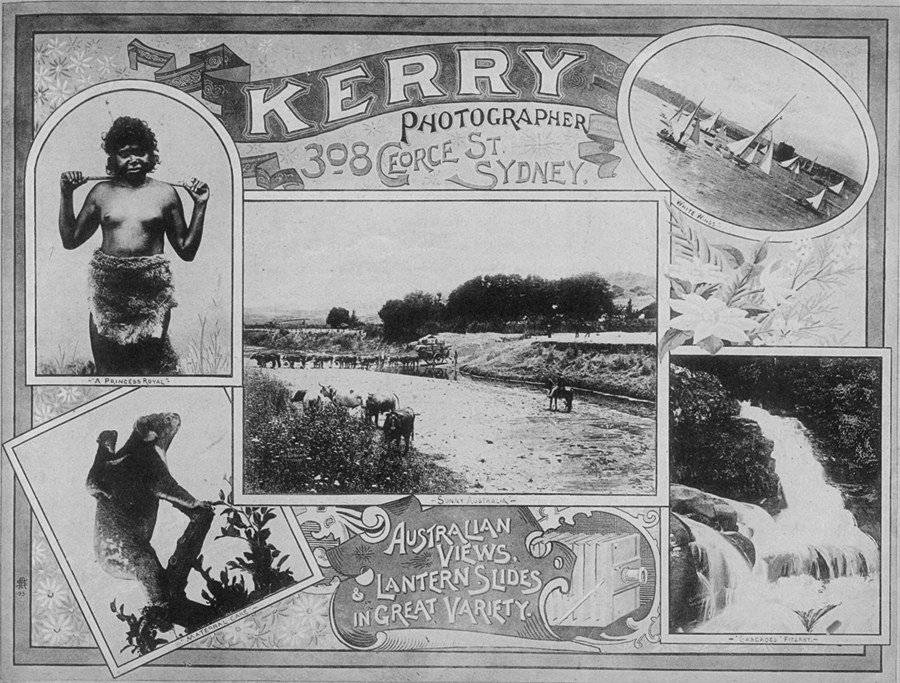
“The decadence of the aboriginal races of Australia and the absolute certainty of their utter extinction in the Colony of New South Wales (and that at an early date) lend a mournful and pathetic interest to the movements of the few scattered remnants which are all that remain to tell of the past glories of the powerful tribes who ruled this old weather-beaten continent until the advent of the pale face a few generations back.”
That’s how businessman and photographic entrepreneur Charles Henry Kerry introduced his article, in the December 1903 issue of English magazine The Wide World. It’s a brutal preface to an article that purported to give readers some inkling of indigenous corroborees and dance in New South Wales. The article is not entirely devoid of useful information, but it is riddled, as is common with similar material of the period, with condescension, scorn and belittlement. I stumbled on the article recently, while preparing for an interview about collecting “heritage” magazines and was pleased – for better or worse – to find something in Kerry’s own words that sheds some light on his attitudes. Kerry profited handsomely from photographing indigenous Australians, and one might have hoped for evidence of a more reflective and respectful outlook.
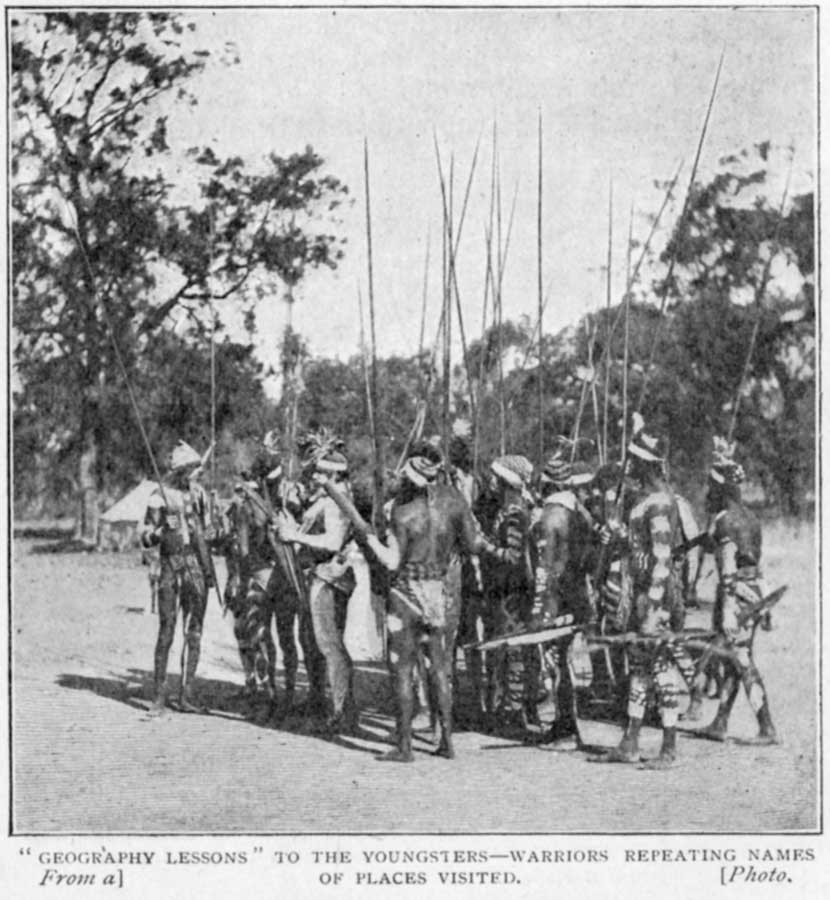
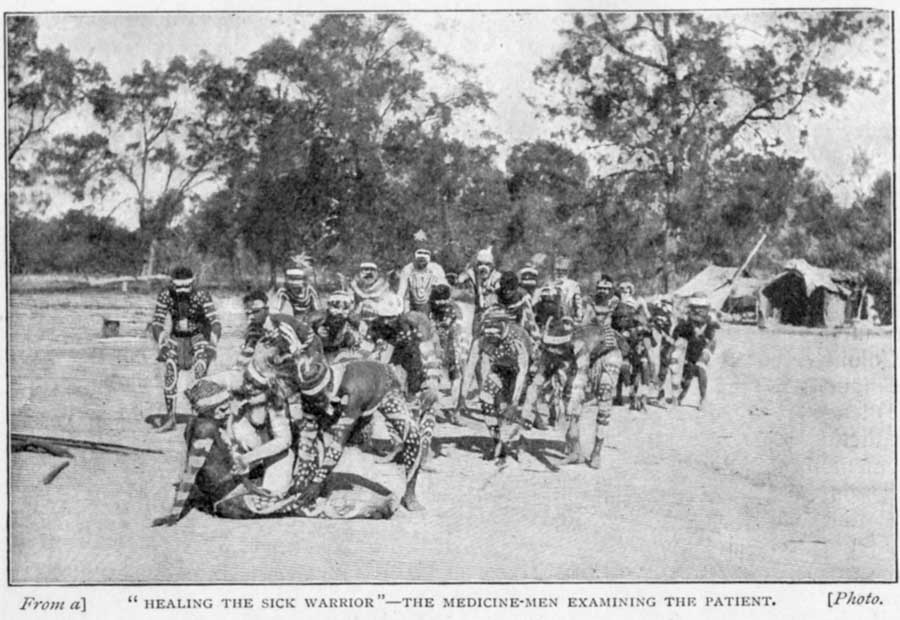
A very good background about Charles Kerry, by Dave Woods, is contained in the Winter 2017 issue of the Perisher Historical Society Newsletter. Kerry’s status as the “father of Australian skiing” explains his presence in this journal. As an aside, Kerry was a good friend of Sir Frank Packer, who named his son Kerry in his honour. In brief, Kerry was an outstanding businessman who created the biggest and most successful photographic firm in colonial Australia, occupying a four-storey building in Sydney’s George Street. He also had extensive tin-mining interests in Malaya, and when he eventually handed his photography business to a nephew in about 1912 it was to pursue this line of his career.
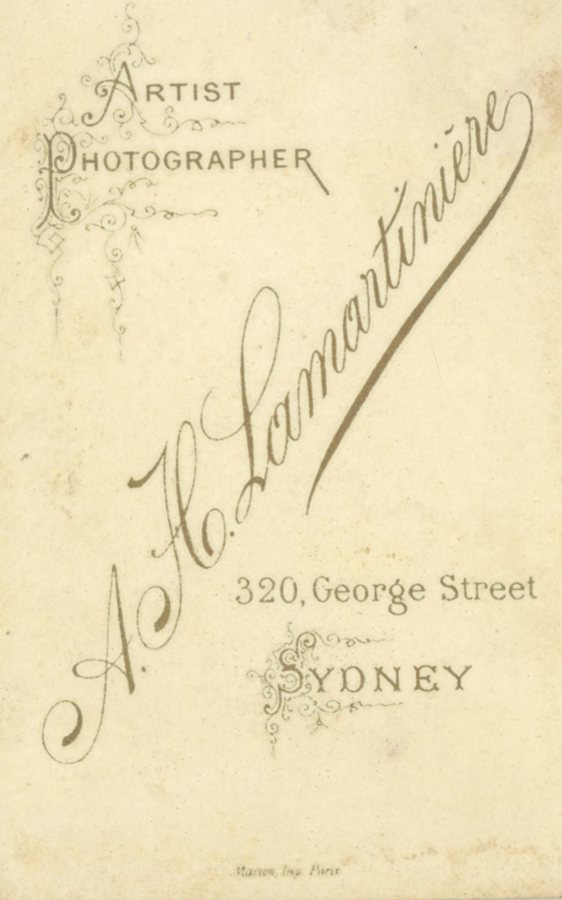

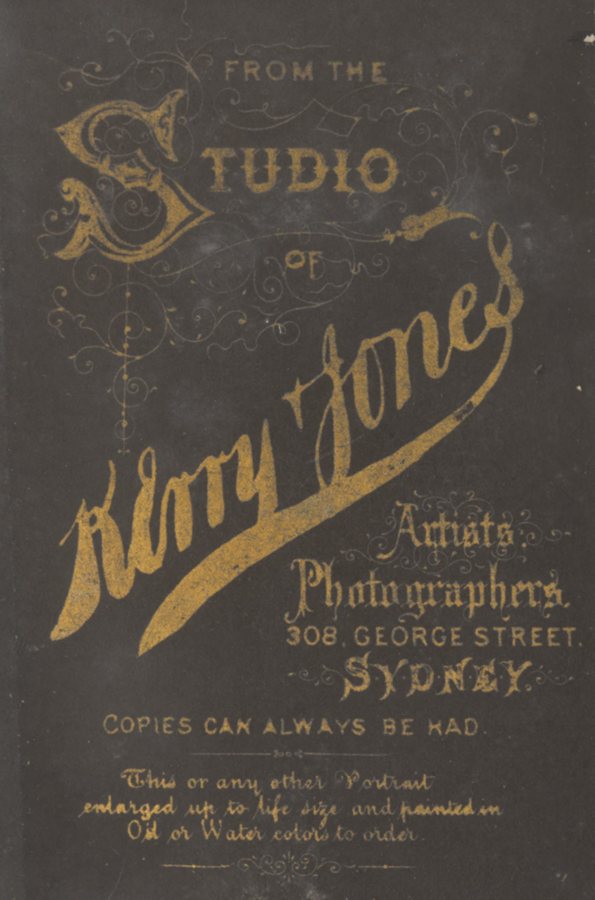
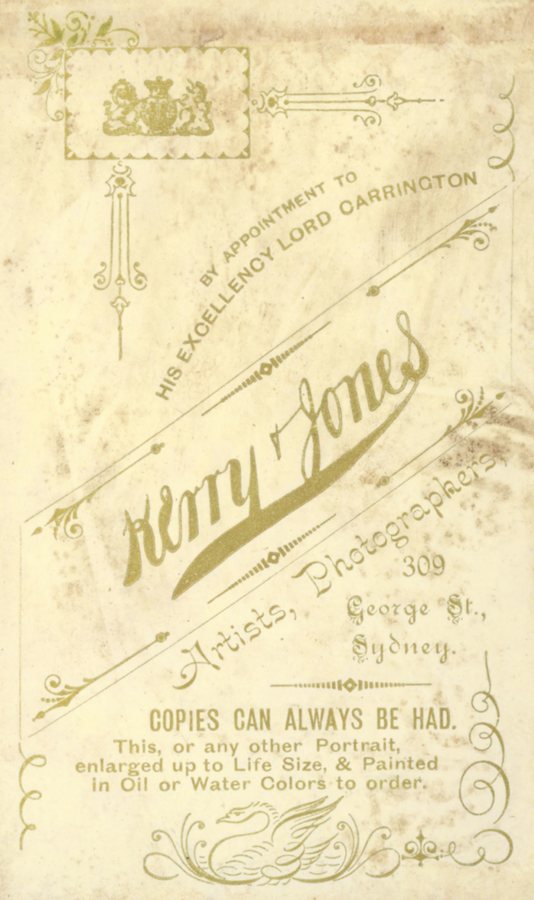
To paraphrase from the article cited above, Charles Henry Kerry was born on April 3, 1857, on a station north of Bombala. He had planned to be a surveyor but at 17 he became apprenticed to Sydney photographer Alexandre Henri Lamartiniere. He became a partner in 1883 and the following year he and another photographer, C.D. Jones, took over the business, which received a boost when the firm was appointed official photographer to the Governor of NSW, Lord Carrington. The partnership with Jones ended in 1892. Kerry moved away from bread-and-butter portrait photography and into subjects of scenic and social interest. By the mid-1890s his business employed a number of photographers who travelled around NSW and Queensland on commissioned and speculative assignments.
An early milestone in Kerry’s photographic success-story came in 1885 when he was asked to contribute an exhibit of Aboriginal and corroboree images for 1886 Colonial and Indian Exhibition in London. He travelled widely in New South Wales, and also employed other photographers – most of whose work remains uncredited. Kerry & Co produced a large number of photographs of indigenous subjects, ranging from individual portraits to groups and set pieces. The best of them are dignified and moving. Many, however, are studio shots using tropical backdrops, and although such images reputedly sold very well they make somewhat uncomfortable viewing in the 21st Century.

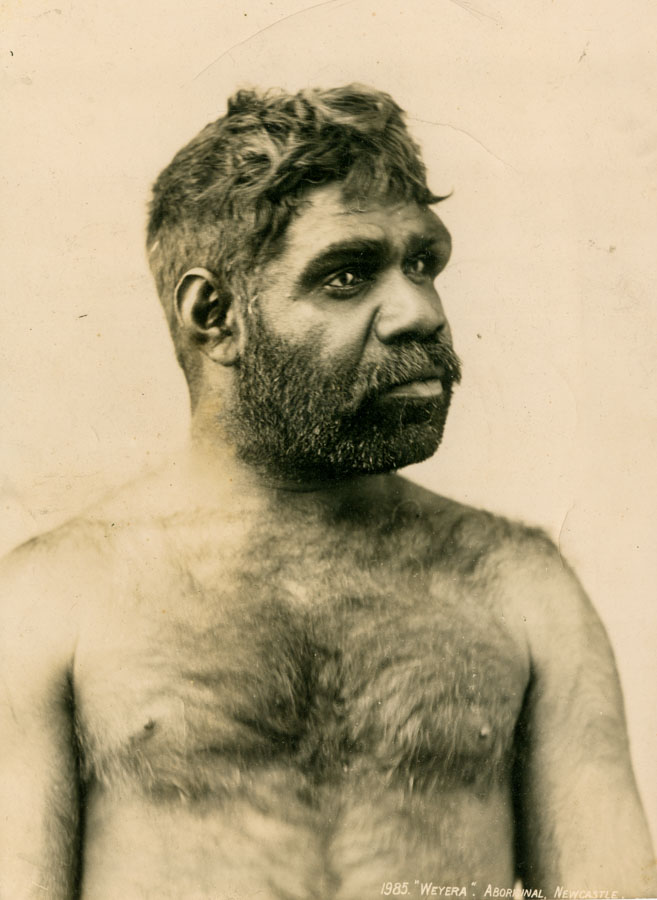
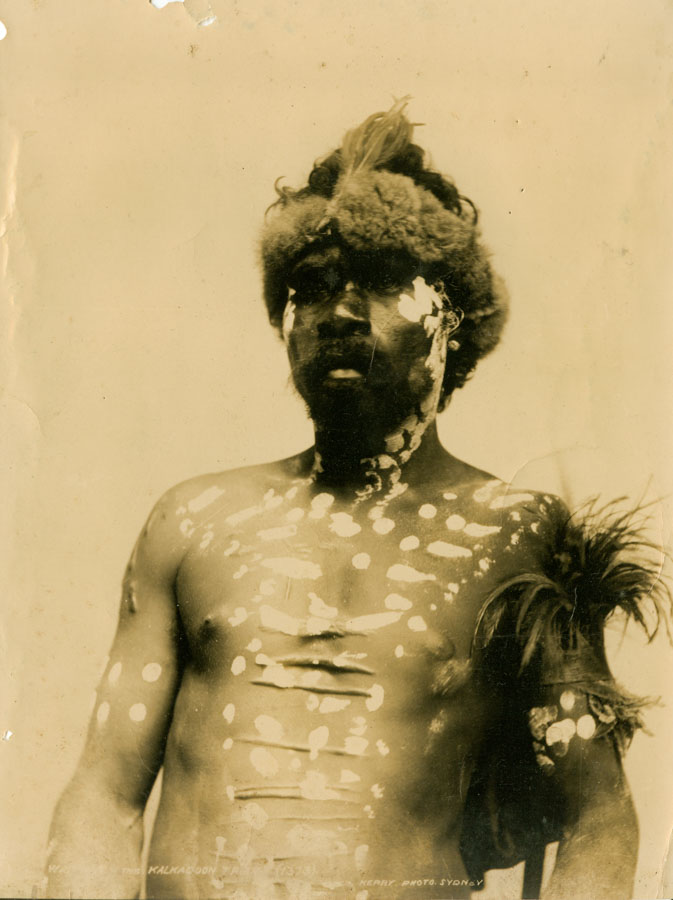
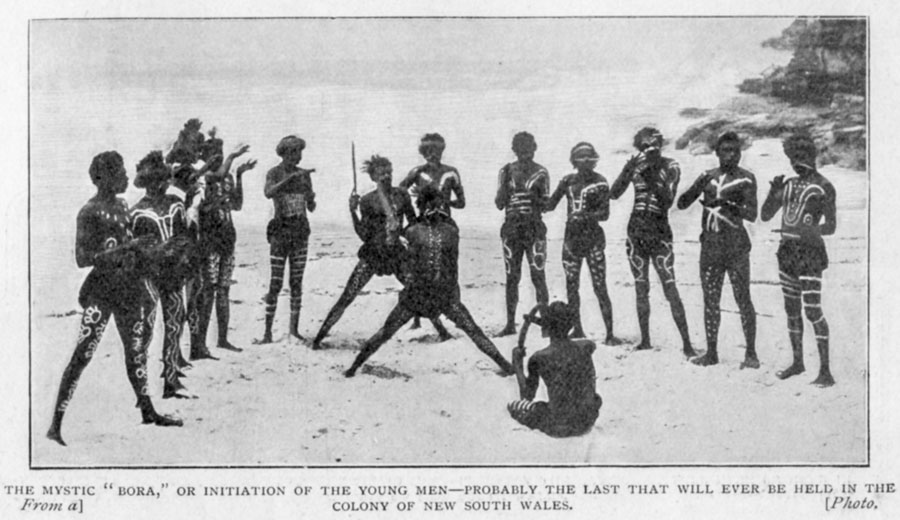
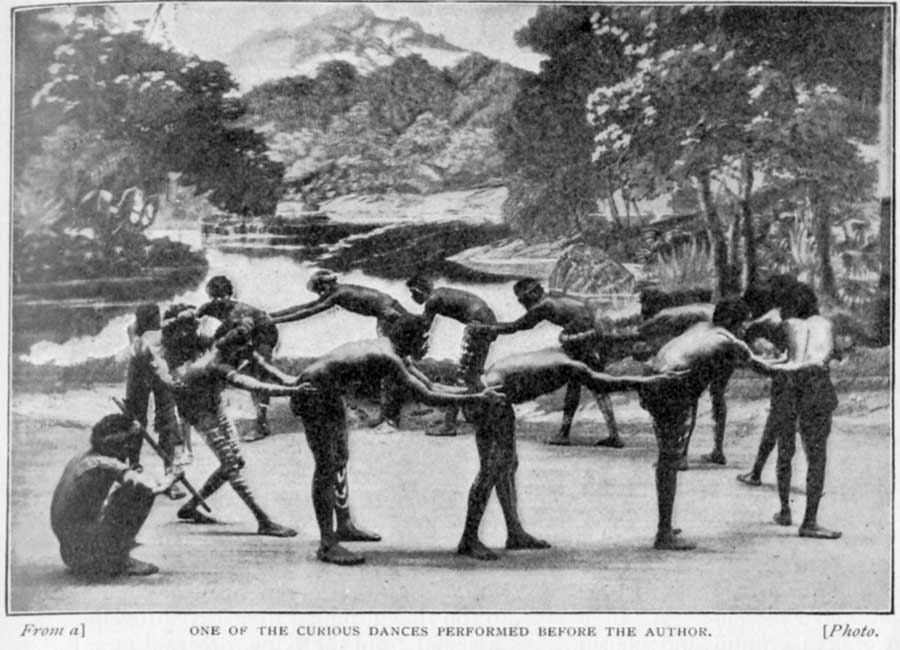
Writing in The Wide World, Kerry noted that: “Under the supervision of a ‘Board’, specially constituted for their protection, the few fragments of tribes which still remain in different districts are gathered in locations specially reserved their use. At yearly intervals blankets and clothing are doled out to each member, and food rations are also regularly allotted to the gins (women), children and old warriors”.
He described travelling to the “Macquarie Reed Beds” of NSW to view and photograph a corroboree, with the assistance of the owner of Quambone sheep station, Mr Fitz W. Hill. (Quambone is about 55km from Coonamble, near the Macquarie Marshes.) Kerry’s article can be viewed here. It will be seen that some of the photographs accompanying the article are of the studio type mentioned earlier.
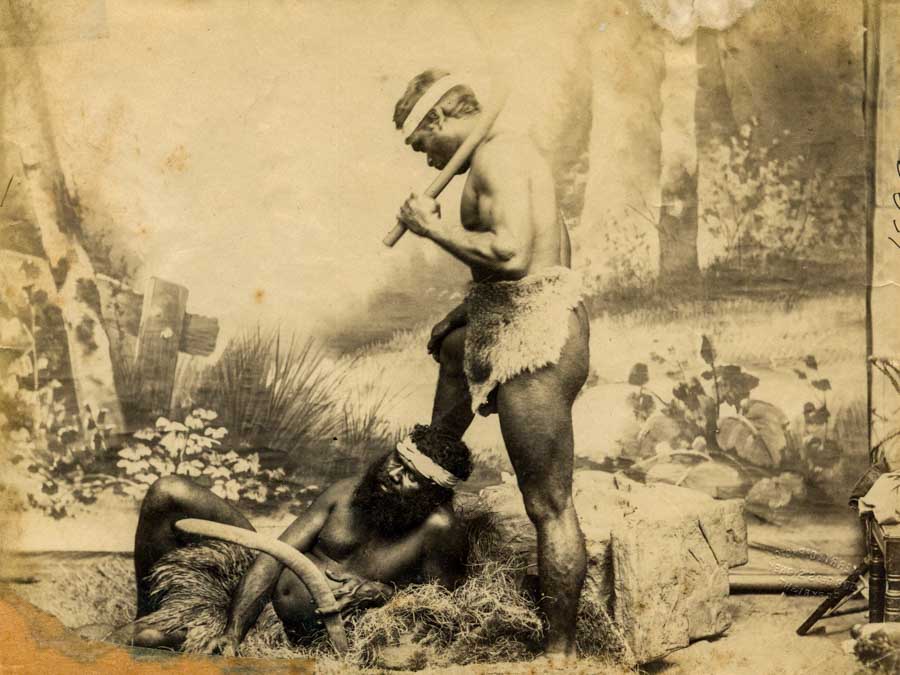
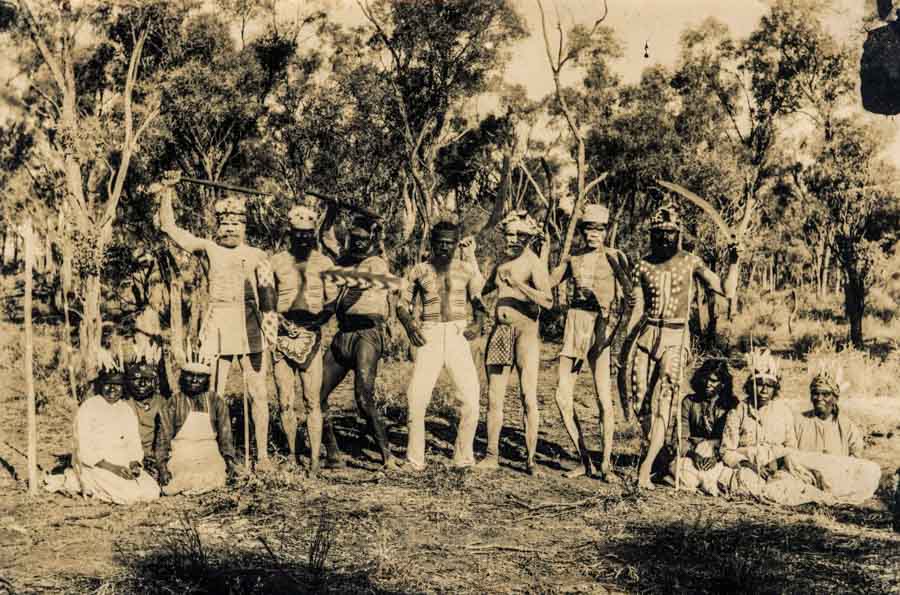

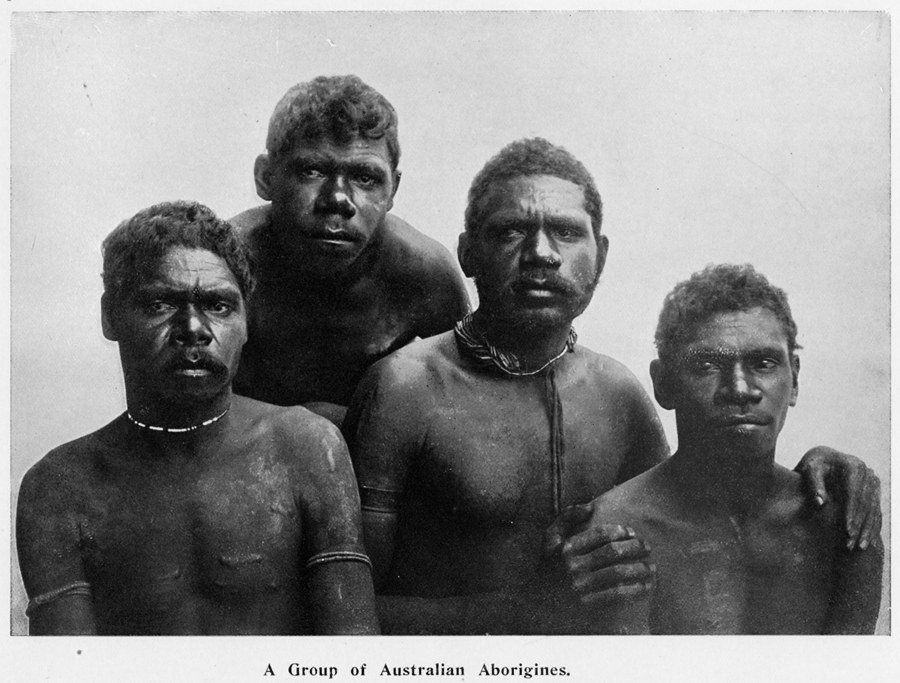
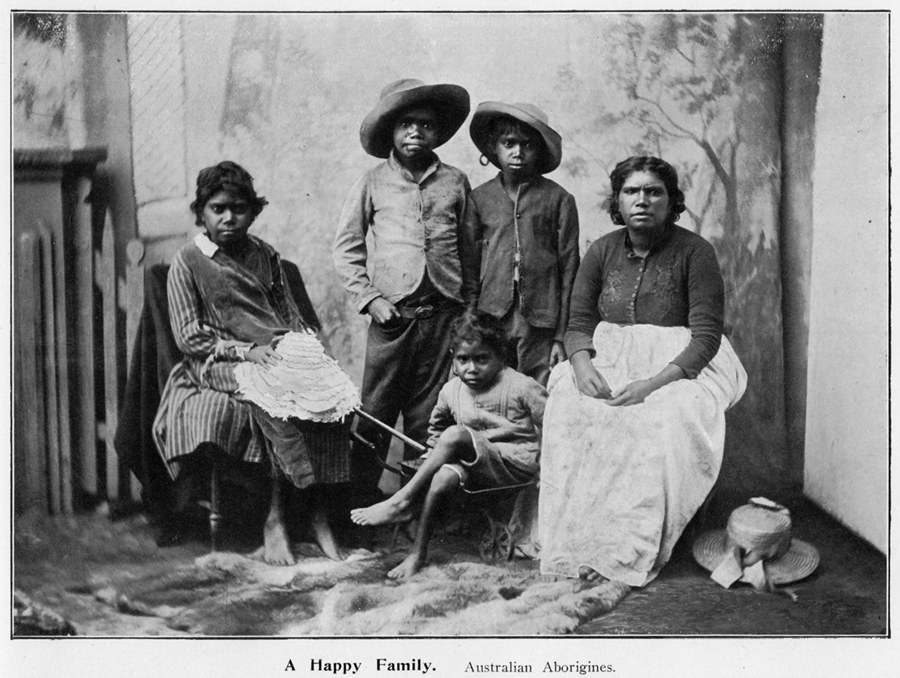
Thousands of Kerry & Co’s glass plate negatives have been preserved – a great many of them by noted Sydney bookseller James R. Tyrrell, who had a passion for collecting glass plate negatives and who wanted to create a floating ethnographic museum on Sydney Harbour. The museum never eventuated, but the collection of negatives survived, to be sold to Australian Consolidated Press, which ultimately donated it to the Powerhouse Museum. Some of the collection can be viewed here, on Flickr.
Many collections of Kerry negatives contain works created by another photographer, Henry King, who also created many images of indigenous Australians.


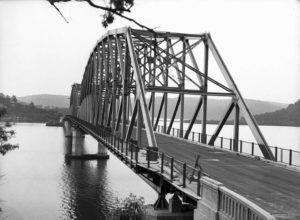
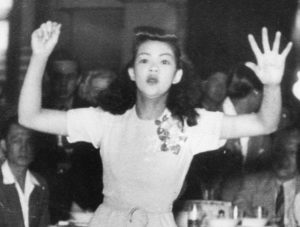
Fantastic portraits of First Nations people. Are they available to download/use?
Which are you interested in?